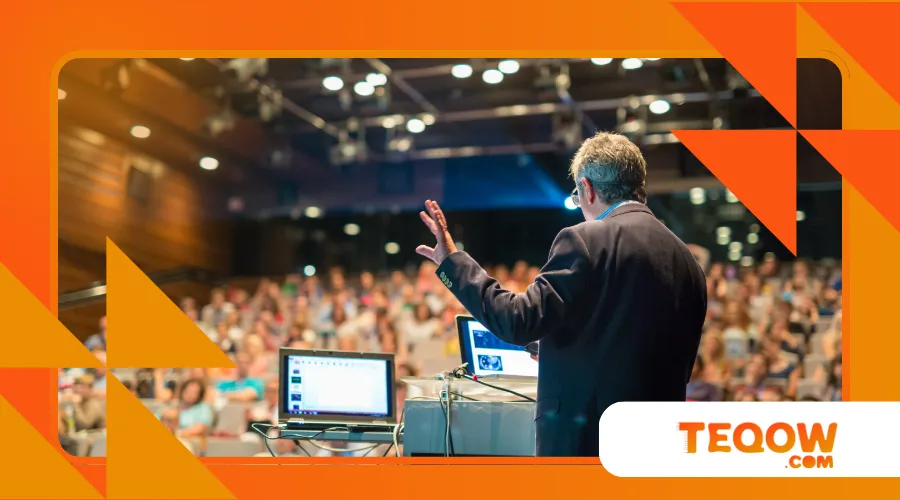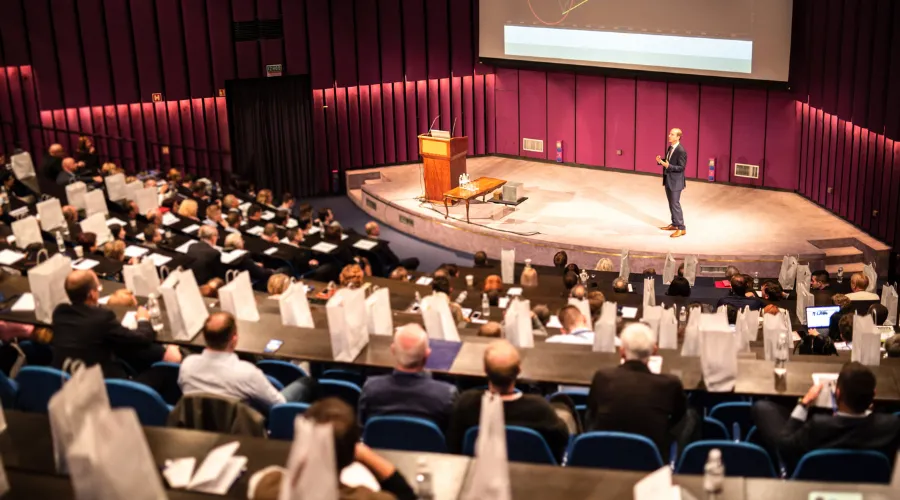Public Education Summit 2025: Charting the Future of Canadian Schools

The Education Summit 2025, hosted in Ottawa, stands as a pivotal moment for Canadian public education, a beacon illuminating the path forward amid turbulent times.
This gathering of educators, policymakers, and community leaders confronts pressing challenges—artificial intelligence (AI), privatization, and school violence—while forging collaborative solutions.
Like a compass in a storm, the summit aims to navigate the complexities of modern education, ensuring schools remain equitable, innovative, and safe.
Why must we act now to shape the future of our classrooms?
The urgency of this summit cannot be overstated.
With rapid changes in society and technology, we must adapt our educational systems to meet the needs of future generations.
The Urgency of Addressing AI in Education
Artificial intelligence is no longer a distant promise; it’s a reality reshaping classrooms.
The Education Summit 2025 dedicates significant focus to AI’s role, balancing its potential with ethical concerns.
A 2024 study by the Canadian Teachers’ Federation revealed that 62% of educators believe AI tools enhance student engagement, yet 78% worry about academic integrity.
This duality demands nuanced policies.
For instance, consider a Toronto high school where students use AI to generate essays.
Teachers there implemented a hybrid model, blending AI-assisted brainstorming with mandatory handwritten reflections to foster critical thinking.
This approach, showcased at the summit, underscores AI’s potential when guided by human oversight.
AI’s integration requires robust teacher training and curriculum updates.
The summit’s workshops explore AI literacy, urging schools to teach students how to use tools like ChatGPT responsibly.
Without such measures, we risk widening inequities, as wealthier districts adopt AI faster.
The Education Summit emphasizes public-private partnerships, like Ottawa Catholic School Board’s collaboration with Google’s Gemini, to democratize access.
These discussions aren’t just theoretical—they’re a blueprint for action.
To learn more about AI’s impact on education, you can visit EdTech Magazine.
Privatization: A Threat to Public Education’s Core
The specter of privatization looms large, challenging the ethos of universal education.
The Education Summit 2025 confronts this trend head-on, scrutinizing policies that divert public funds to private institutions.
In the U.S., programs like Arizona’s universal vouchers have siphoned billions from public schools, a cautionary tale for Canada.
Here, British Columbia’s funding for private schools rose by 15% from 2015 to 2023, while public school budgets stagnated.
This shift raises a critical question: are we prioritizing profit over equity?
Privatization often masquerades as “school choice,” but its impact is stark.
Rural communities, where private options are scarce, suffer most when public schools lose funding.
At the summit, a panel from Saskatchewan shared an innovative response: a community-driven co-operative school model that blends public funding with local governance, preserving access while fostering autonomy.
This example highlights the summit’s commitment to creative, equitable solutions over market-driven alternatives.
The Education Summit also examines privatization’s hidden costs—segregation and reduced accountability.
Private schools often cherry-pick students, leaving public systems to serve diverse, high-needs populations with fewer resources.
Summit delegates advocate for stronger regulations, like Ontario’s recent cap on private school subsidies, to protect public education’s mandate.
These discussions underscore a truth: education is a public good, not a commodity.
Moreover, addressing the implications of privatization is essential for maintaining the integrity of public education.
+ EXPOCanada 2025 Attracts Brazilians Seeking Study and Immigration
Confronting Violence in Schools
School safety is non-negotiable, yet violence remains a persistent challenge.
The Education Summit 2025 tackles this issue with urgency, addressing both physical and psychological harm.
Statistics Canada reported a 22% increase in school-related violent incidents from 2019 to 2024, driven partly by post-pandemic social stresses.
This rise demands proactive, not reactive, responses.
Consider a Halifax middle school that piloted a peer-mediation program after a series of bullying incidents.
Students trained as mediators resolved conflicts, reducing suspensions by 30% in one year.
This initiative, presented at the summit, shows how empowering students can transform school culture.
The Education Summit also explores restorative justice, mental health supports, and community partnerships to address violence’s root causes, like poverty and trauma.
Policy reform is another focus.
Delegates critique zero-tolerance policies that disproportionately harm marginalized students, advocating instead for trauma-informed approaches.
The summit’s emphasis on collaboration—between schools, police, and social services—aims to create safer environments without resorting to punitive measures.
These strategies reflect a broader vision: schools as sanctuaries, not battlegrounds.
Furthermore, fostering a culture of safety and respect is crucial for enhancing the overall educational experience.

Fostering Collaboration for Systemic Change
Collaboration is the summit’s heartbeat, uniting diverse stakeholders to reimagine education.
The Education Summit 2025 facilitates cross-provincial dialogue, ensuring urban and rural voices are heard.
For example, a breakout session pairs Nunavut educators with Vancouver policymakers to address remote learning disparities.
This exchange sparks ideas, like mobile digital labs for Indigenous communities, blending technology with cultural relevance.
The summit also bridges academia and practice.
Researchers from the University of Ottawa present data-driven models for inclusive education, while teachers share on-the-ground insights.
This synergy ensures policies are both evidence-based and practical.
The Education Summit’s “Policy Lab” session, where delegates draft mock legislation, exemplifies this hands-on approach, turning ideas into actionable frameworks.
Private sector involvement is another dimension.
While wary of privatization, the summit welcomes ethical partnerships, like tech firms funding STEM programs without dictating curricula.
These collaborations, guided by strict public oversight, amplify resources without compromising values.
The result is a dynamic ecosystem where innovation thrives within a public framework.
Additionally, embracing diverse perspectives in collaboration can lead to more comprehensive solutions to educational challenges.

Policy as a Catalyst for Equity
Policy shapes education’s future, and the Education Summit 2025 is a crucible for bold ideas.
Delegates push for federal-provincial alignment to address funding disparities, noting that per-student spending varies by up to 30% across provinces.
This inequity fuels achievement gaps, particularly for Indigenous and low-income students.
Summit proposals include a national education fund to stabilize budgets and prioritize underserved regions.
Another focus is teacher retention.
Chronic shortages, exacerbated by burnout, undermine quality.
The summit advocates for incentives like loan forgiveness and mental health supports, drawing inspiration from Quebec’s successful teacher mentorship program.
These policies aren’t just fixes—they’re investments in human capital.
The summit also grapples with curriculum reform.
As AI and globalization redefine skills, delegates propose “future-ready” frameworks emphasizing critical thinking, digital literacy, and global citizenship.
These reforms aim to prepare students for a world where adaptability is paramount, ensuring Canadian schools remain globally competitive.
Moreover, equitable policy implementation is essential for fostering a just educational landscape.
++ São Paulo Government Sends 112 Students to Canada and New Zealand
The Summit as a Call to Action
The Education Summit 2025 is more than a conference; it’s a clarion call to safeguard public education’s soul.
By tackling AI, privatization, and violence through collaboration and policy, it charts a course for equitable, innovative schools.
Imagine education as a tapestry—each thread (teachers, students, communities) vital to the whole.
The summit weaves these threads tighter, creating a resilient, vibrant future.
This moment demands courage.
Will we rise to meet it, ensuring every child has access to a world-class education?
The Education Summit 2025 answers with a resounding yes, offering a roadmap for change that’s as inspiring as it is urgent.
Canadian schools aren’t just buildings—they’re the foundation of our society.
Let’s build them to last.
Ultimately, the summit serves as a vital reminder that collective action and commitment to education can shape a brighter future for all.
